
- Circular Tee
- Mechanical Recycling

Leisure garment made of recycled material from used soccer jerseys from soccer team IF Brommapojkarna. After washing, the polyester jerseys are torn up to a fiber mass which together with organic cotton is spun into new yarn and then knitted into new jersey textile. The Circular Tee was launched by Stadium in the autumn of 2020 in a limited, numbered edition of 54 pieces.
50% Recycled polyester, 50% Organic cotton.
Stadium, RISE and Trikåby
The mechanical recycling of textiles from production waste is relatively common, but the recycling of textiles collected from consumers is very rare. This project shows that synthetic post-consumer textiles can be recycled mechanically, which is a simple, energy-efficient, and chemical-free method. It also shows that the end product can have a high value (upcycling), which is often claimed to be impossible when referring to mechanical recycling.
■ Efficient use of resources
■ Reduction of waste
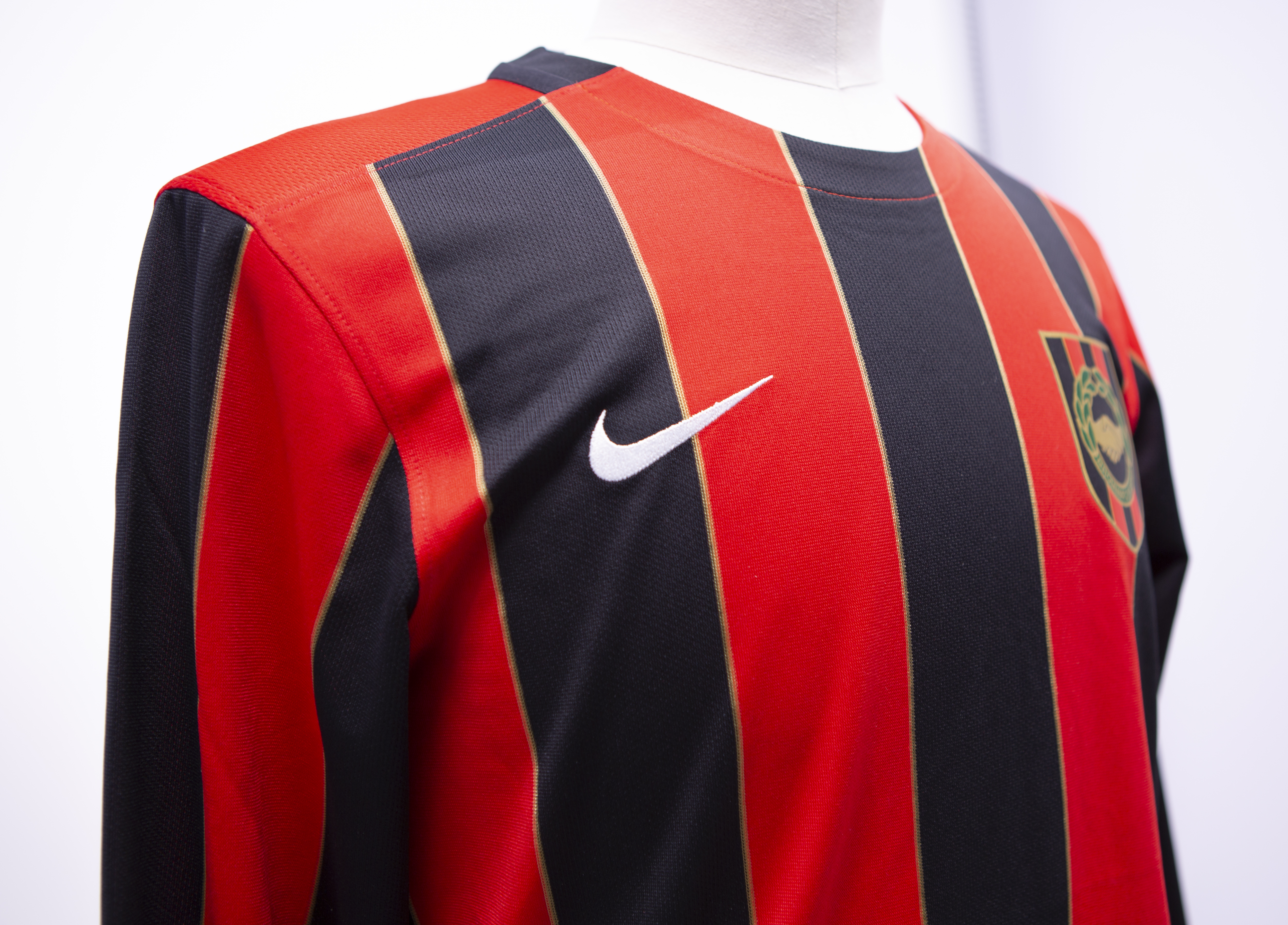
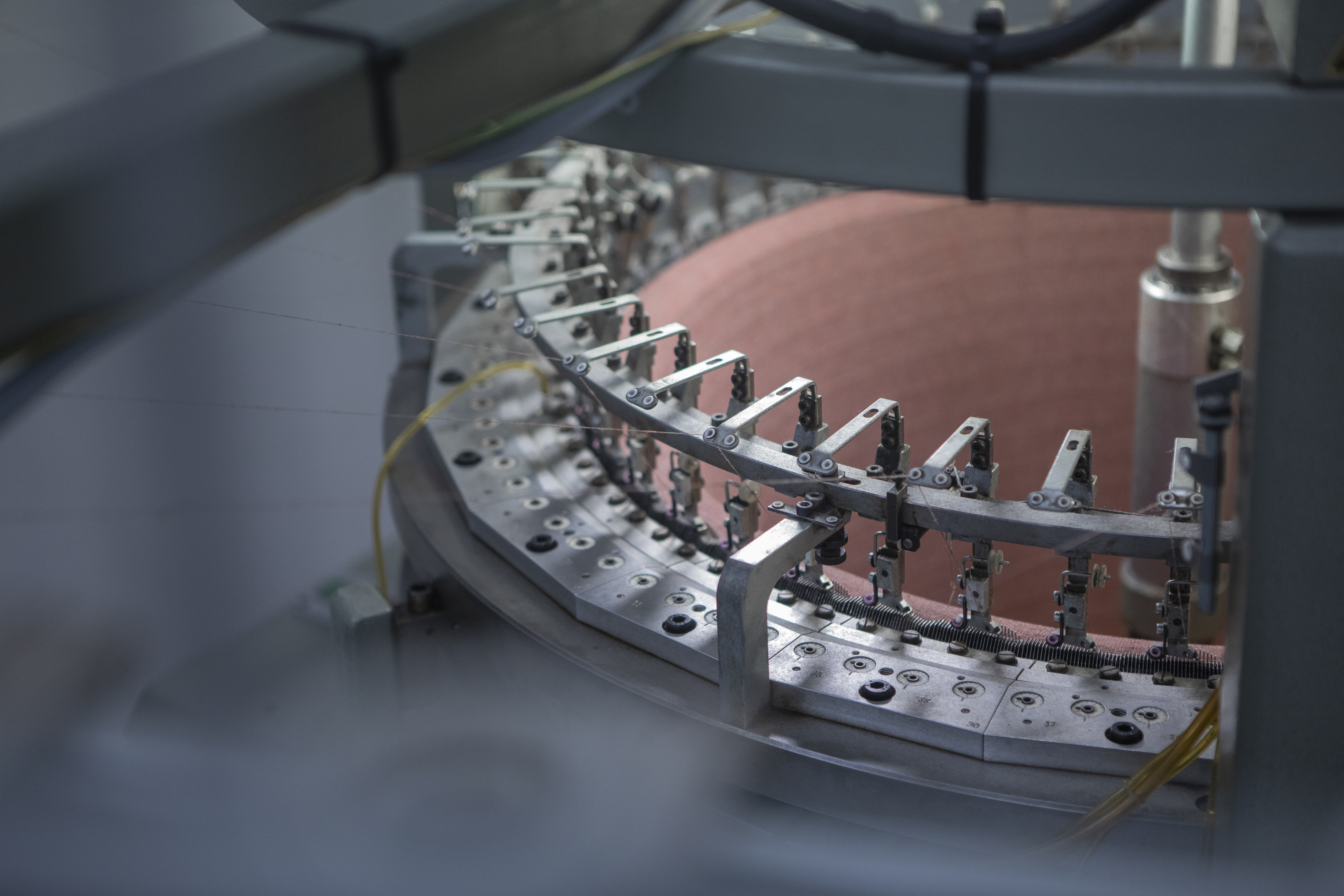
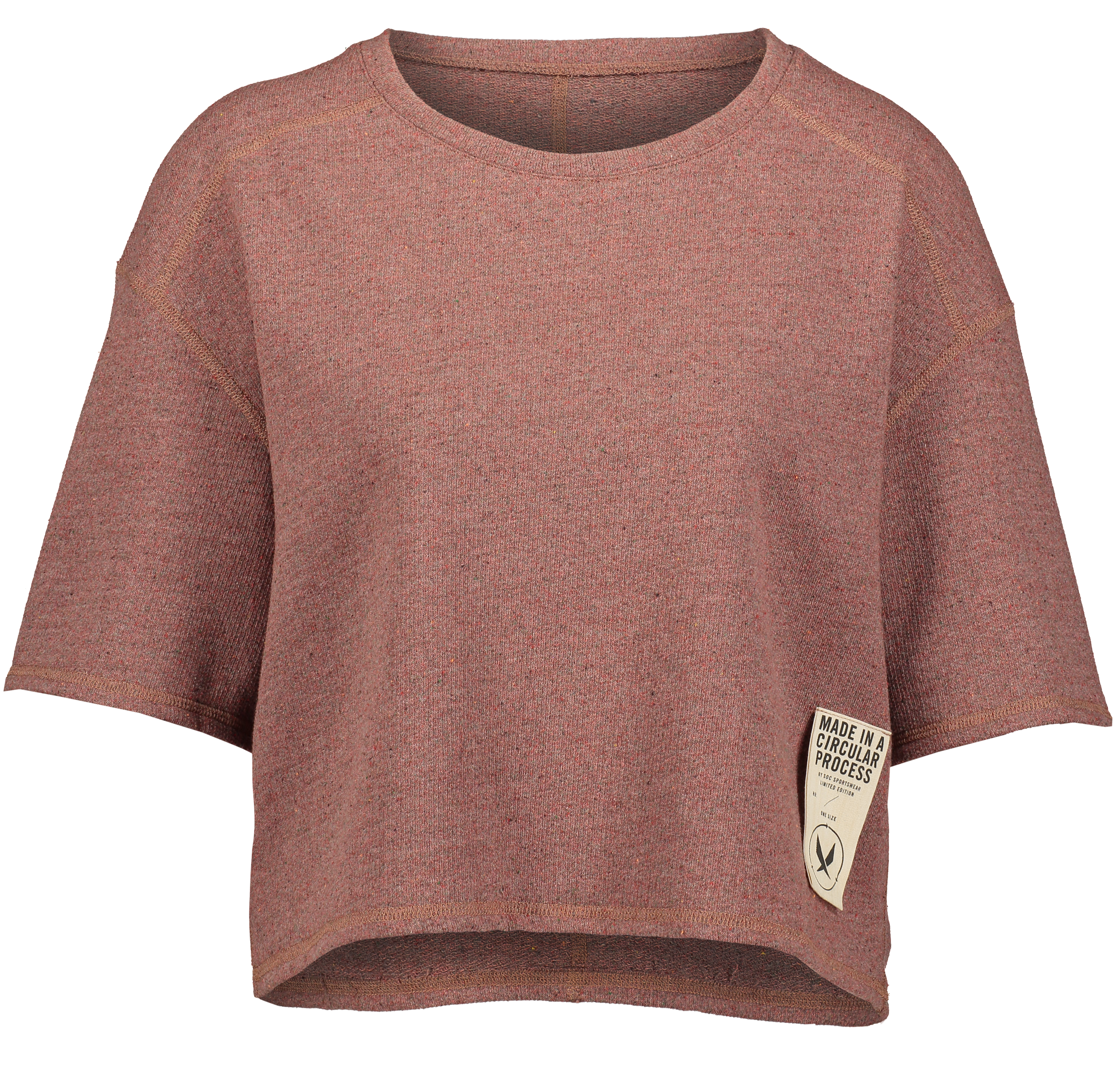
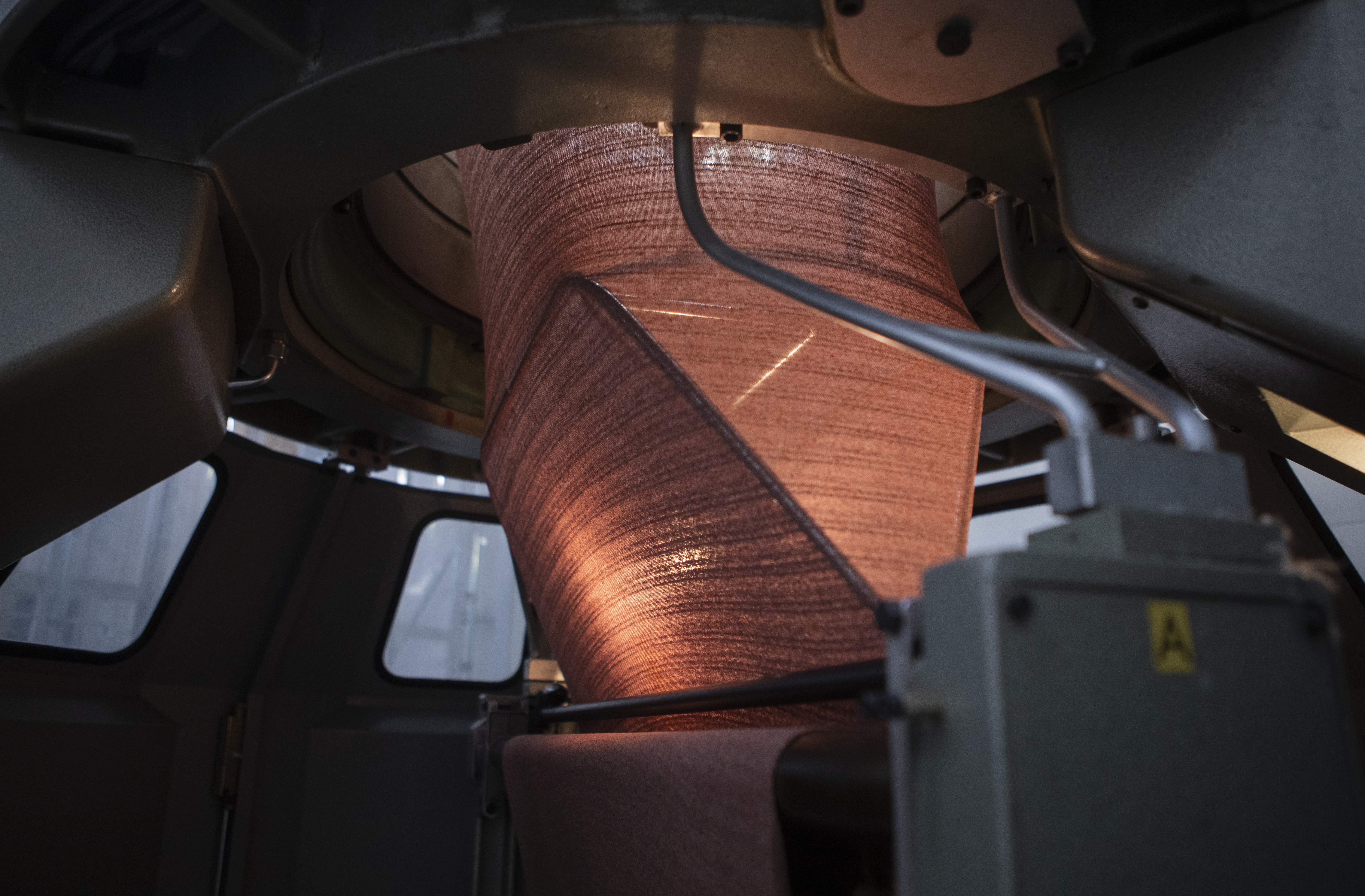
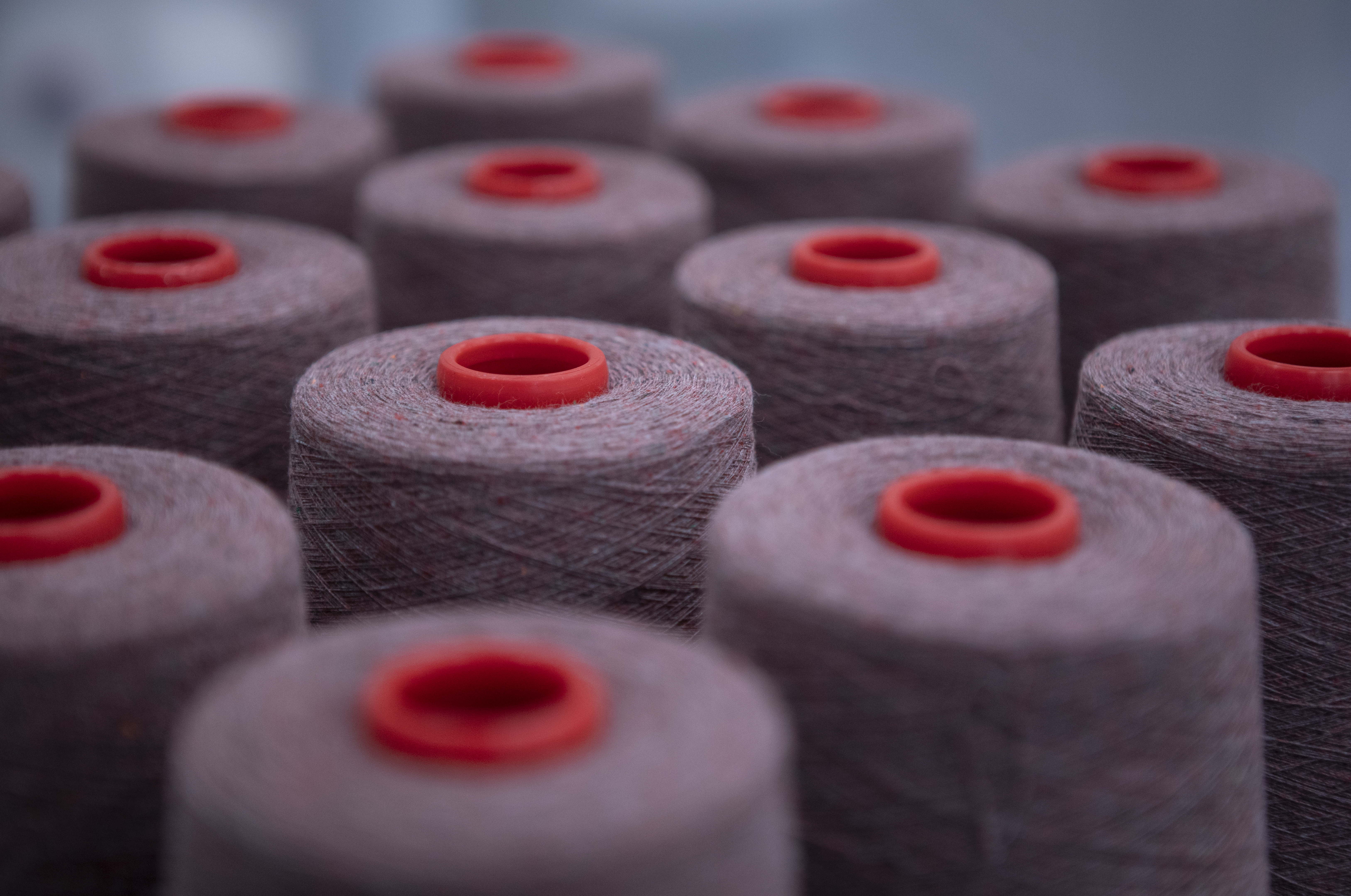







It is difficult to recycle mixed textile materials and instead the textiles usually have to be separated mechanically, i.e. the fabric is cut and shredded into smaller parts.
This is the most simple and least energy-intensive recycling technique for both natural and synthetic fibers. Mechanical recycling is also the only method avaliable today to retain the original properties of natural fibres, like cotton, wool and linen. One of the disadvantages of mechanical recycling is that the quality or length of the fibers is reduced. This can make them unsuitable for the original application,
but excellent for producing other types of products.
It is therefore of great importance to show different application areas of worn-out textile materials. As an example, polyamides containing elastane can produce high quality plastic parts and textile fibers can function well as fiber reinforcement in thermoplastic composite materials.
The goal is to leave today’s situation, characterized by low recycling rates and low performance of recycled products and instead produce high-quality secondary products.
All group objects:
The current use of textile products is very unsustainable. We tend to buy many more products than we need and we throw away most of our textiles with the household waste, long before they are worn out.
The main challenges regarding resource efficient waste management includes improving collection rates, automated and material specific sorting technologies, and the scaling up of recycling technologies.
Intense research and industry innovation is focusing on the technology development needed, while policy and other financial instruments are developed at the national and EU levels. The need of the industry to secure recycled feedstock, in combination with upcoming EPR (Extended
Producer Responsibility) policies, will lead to new possibilities for the improved recycling of textiles.